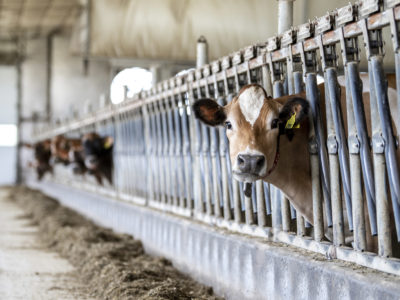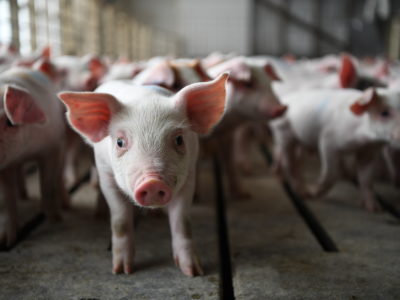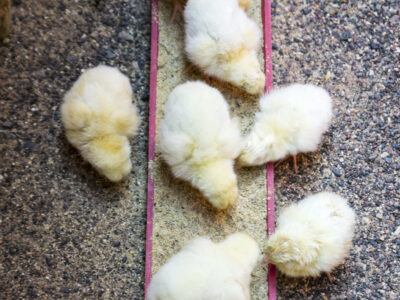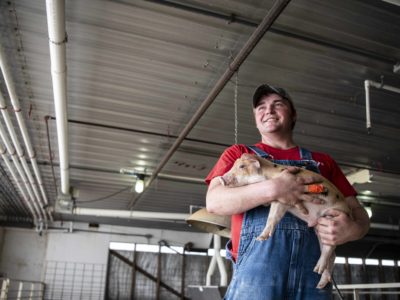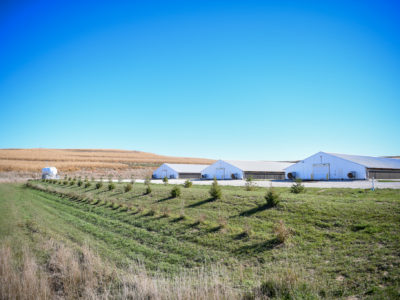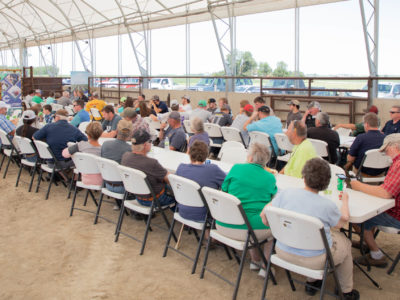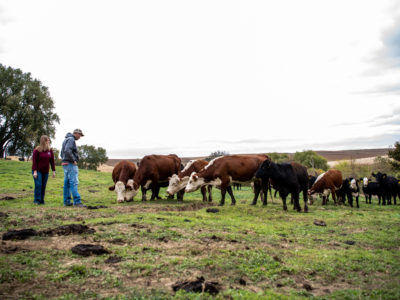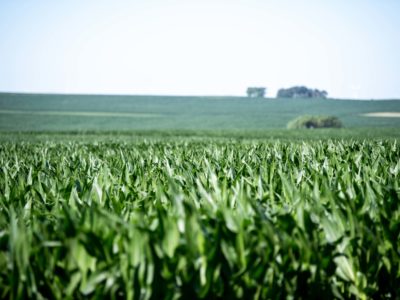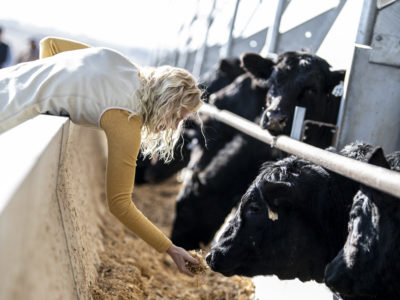Rules and Regulations
Larger livestock farms are more regulated than smaller livestock farms, but all livestock farmers must adhere to regulations, including set-back distances and water-protection rules.
The Coalition can help you navigate through the hundreds of pages of rules to make sure your farm is in compliance. We can answer many questions over the phone at 1-800-932-2436, but even better is to have us visit your farm, at no charge, for a thorough review of your particular situation.
Resources
Agricultural best management practices help minimize air, soil and water pollution. Plant nutrients, bacteria, sediment and crop chemicals can be mitigated so that pollution of ground and surface water is curtailed. Livestock odors can also be minimized. A goal of the Coalition to Support Iowa’s Farmers is to help farmers implement sustainable farming practices that assist Iowa farm families in raising livestock responsibly and successfully.
Before construction of any new livestock farm can begin, check to see if a Manure Management Plan (MMP) needs to be filed and approved. There are many resources to help farmers implement best management practices.
GENERAL RESOURCES
ENVIRONMENTAL PROTECTION AGENCY
- AgSTAR – a collaborative program sponsored by EPA and USDA that promotes the use of biogas recovery systems to reduce methane emissions from livestock waste.
- Animal Feeding Operations, Best Management Practices
IOWA STATE UNIVERSITY EXTENSION
IOWA STATE UNIVERSITY/IOWA MANURE MANAGEMENT ACTION GROUP
- Commercial Manure Applicators
- Manure and Nutrient Plans, Permits, Regulations
- Manure Management and Testing Service Providers
NATURAL RESOURCES CONSERVATION SERVICES
- Confined Livestock and Manure Nutrients
- Electronic Field Office Technical Guides
- Information for Iowa Farmers
UNITED STATES DEPARTMENT OF AGRICULTURE
On September 11, 2013, EPA Region 7 and the Iowa DNR signed a “work plan agreement” that established guidelines for evaluations of livestock and poultry farms. The work plan stems from a petition filed by environmental groups in 2007, claiming DNR does not comply with the Clean Water Act and that the EPA should take over the National Pollutant Discharge Elimination System (NPDES) program. This agreement is designed to strengthen Iowa’s implementation of the federally authorized NPDES program and is an important step toward retaining authority to implement the federal program in Iowa.
The work plan obligates DNR to evaluate livestock farms larger than 300 animal units and document whether the farms are in compliance with the Clean Water Act. It is estimated that over 8,500 livestock farms will be evaluated in the next five years.
“Livestock regulations are complex, sometimes ambiguous and are constantly changing,” says CSIF Executive Director Brian Waddingham. “For Iowa’s livestock and poultry farms to prosper, farmers must know and understand state and federal regulations and the resources available to help them remain viable on the land for generations to come. The resource below will help livestock farmers better understand how the work plan agreement will affect them and their farm.”
Preparing for an EPA & DNR inspection (PDF)
For more information, or to set-up a no-cost, confidential farm consultation, contact the Coalition to Support Iowa’s Farmers here or by calling 800-932-2436.
While Iowans strongly support farmers and give them high marks for trustworthiness and importance, they do have questions related to specific farming practices. These may include such topics as odor, water quality, property values, use of roads and bridges and proximity of other farms. These factors make proper siting of a new livestock barn critical.
The Coalition to Support Iowa’s Farmers can assist you with a site analysis. A thorough analysis takes into account the location of neighbors, public use areas like parks and lakes, topography and prevailing wind directions. When considering potential building sites, be mindful that Iowa’s prevailing winds, especially during spring and summer, blow from the southeast to northwest. Potential livestock odor can be managed with proper siting and various other solutions. When considering various forms of odor control, ask these questions:
- Where is the odor primarily coming from?
- Is the system affordable?
- Does it provide the best results for the money?
- What can I realistically expect it to accomplish?
- Can I manage this system effectively on my farm?
The most effective odor control will always be a combination of techniques designed to fit each specific farm. Many resources are available via the links below to help you choose the optimum location for your livestock farm as well as information on odor mitigation.
Iowa State University Extension
Pork Information Gateway
In addition, the Green Farmstead Partner Program, sponsored by the Coalition to Support Iowa’s Farmers with the help of the Iowa Nursery and Landscape Association, helps livestock farmers improve water and air quality, reduce odor, improve aesthetics and enhance neighbor and community relations.
Species Specific
Building a Bright Future
The Coalition to Support Iowa’s Farmers (CSIF) knows farming and raising livestock takes hard work, dedication and comes with its own unique set of challenges. Staff members are available to help Iowa farm families build a bright future – from explaining rules and regulations, to helping find the best site for a new facility, CSIF truly works beside farmers from start to finish.
To learn more, watch this time-lapse video of a hog barn being built.
Livestock and Land Information
There’s no one better qualified or capable of communicating the truth about livestock and poultry farming than Iowa’s farmers. Use these pages to keep up to date about the key issues so you can share the information with others who have questions about what you do, or why you want to grow your farm. To learn more, visit the following pages below.

